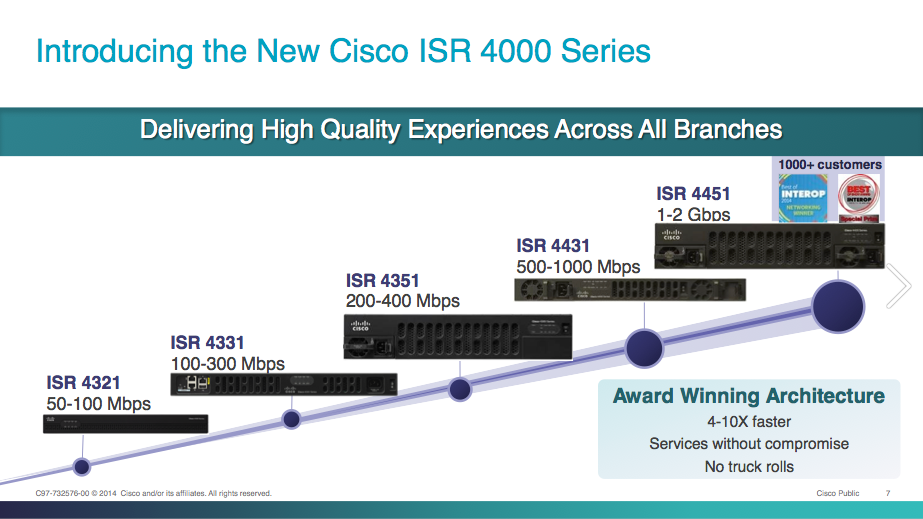Data Center Design Case Studies on Amazon – Take 2
In July I wrote about an Amazon Kindle version of my Data Center Design Case Studies book and complained about their royalties model. Someone quickly pointed out how to adapt to their system: split the book into multiple volumes and charge $9.99 for each.
It took me months to get there, but the first two volumes are finally on Amazon:
Read more ...

 CC BY 2.0 by
CC BY 2.0 by 


 CC BY 2.0 by
CC BY 2.0 by